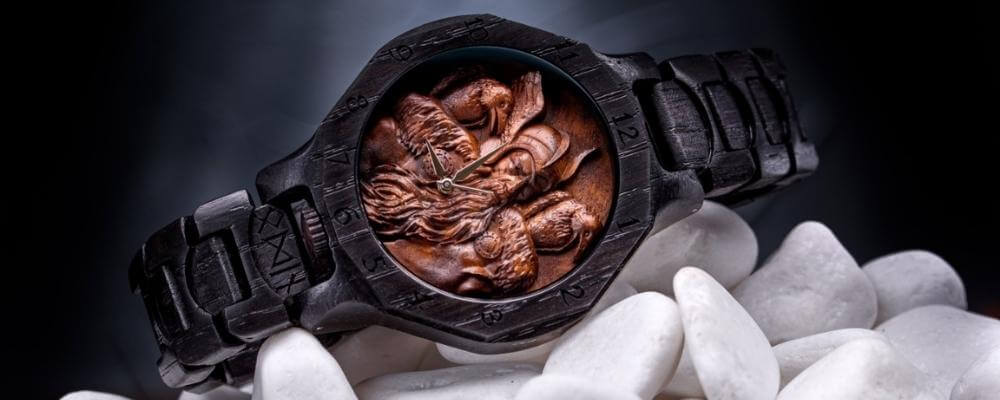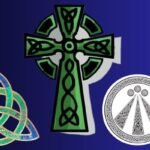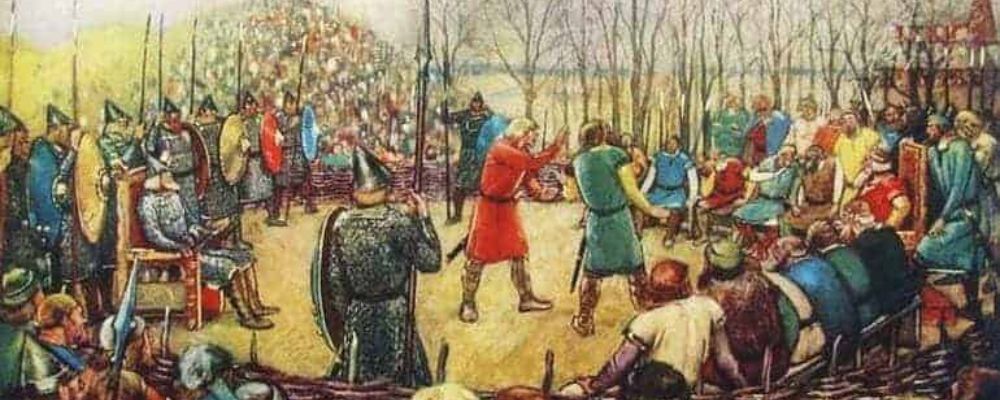
When Iceland was settled by the Vikings in the 9th century, it was established as a commonwealth of chiefs. They needed to find a way to agree on laws and solve disputes. They did this by establishing an Althing, a national assembly based on smaller regional Things that were common among German tribes for at least 1,000 years.
It is fair to say that the Icelandic Althing became something more. It is now considered an example of a democratic, if bloody, government in the Viking world. Let’s take a closer look at the origins and function of the Icelandic Althing.
Germanic Origins of the Thing

Germanic tribes governed themselves through annual meetings of their leadership from at least the time of Tacitus, so the first century CE. These assemblies were known as Things, and they were held in prominent places that people from all over the territory could travel to with ease.
These meetings were multifaceted. While leadership would gather to pass new rules and laws, this was also a time to strike trade deals, organize marriages, solve personal disputes, and conduct other types of business.
As Germanic peoples moved into Scandinavia and established the Viking realms, they brought the Thing with them. According to a medieval Norwegian law text known as the Gulathing, free men of full age could participate in the assembly.
If you watched the History Channel’s Viking, you may remember in one of the early episodes, Ragnar traveled to a meeting with his Viking chieftain and decided to take Bjorn with him, against Lagertha’s wishes. They are traveling to their local Thing.
Creation of the Icelandic Althing
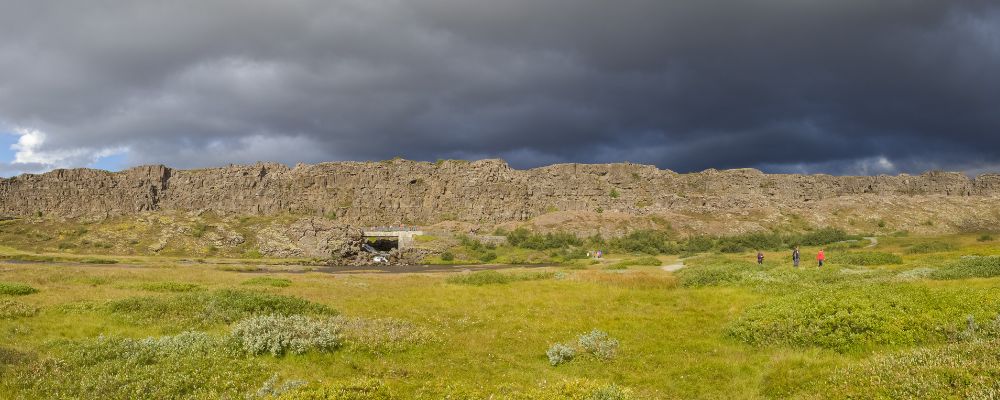
When Iceland was settled by Norwegian Vikings in the second half of the 9th century, they brought their legal traditions with them. Initially, local Things were created, but as the population grew, they needed a general assembly for the island.
A man named Grimur Getskor was charged with finding a suitable location for the meeting that all the participants could travel to. They also wanted “neutral ground” that did not belong to the descendants of the first settlers, the family of the chieftain Ingolfr Arnasron, as the other chiefs believed that they had become too powerful.
As luck would have it, a landowner named Blaskogar had recently been found guilty of murder, so his property fell into public hands. His property, called Þingvellir (Thingvellir), proved accessible to the populous regions in the north, south, and west. Those living in the east would have to travel up to 17 days due to difficult terrain, but this was considered acceptable.
The first Thing was held in Thingvellir in the summer of 930 CE. This is also considered the founding of Iceland as a nation, rather than a collection of settlements. The Thing became known as the Althing since it encompassed the entire nation.
Meetings of the Althing
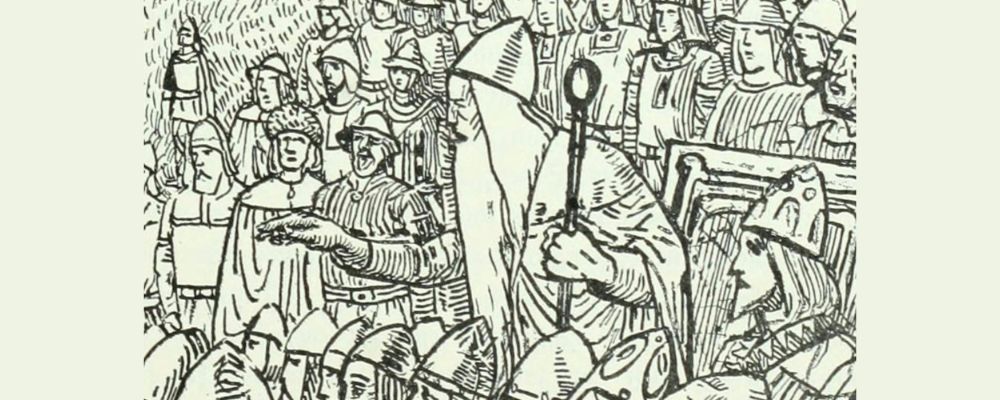
The people of Iceland were represented at the Althing by their chieftains, known as Godar, of which there were about 40. To put that in perspective, it is estimated that Iceland had a population of about 60,000 people in the 12th century, spread across 4,000 farms, of which about 1,500 were considered large estates.
Each Godi had responsibility for a region, but these areas had no fixed boundaries. This is because allegiance to a Godi was voluntary, and individual freemen could switch their allegiance between Godi. Therefore, it was in the interest of each Godi to look after the interests of his supporters.
The Godi presided over regional Things, where regional issues were dealt with. The ruins of a regional Thing have been discovered at Hvalseyrarthing at Dyrafjordur. They would then attend the national Althing accompanied by at least two advisors from among their supporters.
The Godar were required to attend the Althing, and free men could choose to attend, especially if they wanted to raise an issue. However, each Godi also required that at least one out of every nine of their supporters, known as Thingmenn, accompany them to the Althing. Those who could not attend paid a tax to support the presence of the others. If a Godi was involved in a legal case or a feud, they would bring a larger contingent of supporters with them as a group of enforcers.

To manage proceedings, the Althing also elected a Lawspeaker, who served for three years at a time. It was their job to know the law and recite it from memory when needed and advise the group on how this might apply in the current situation. Even though they were meant to be impartial, this gave them a great deal of power in the decision-making process.
They would also proclaim new laws and commit them to memory. Laws were not written down until the 12th century, so they had to be preserved through oral transmission.
Snorri Sturluson, a prolific Icelandic writer from the 12th century and one of our principal sources of Norse mythology and Viking history, served as Lawspeaker for the Icelandic Althing a number of times.
Legal Cases at the Althing
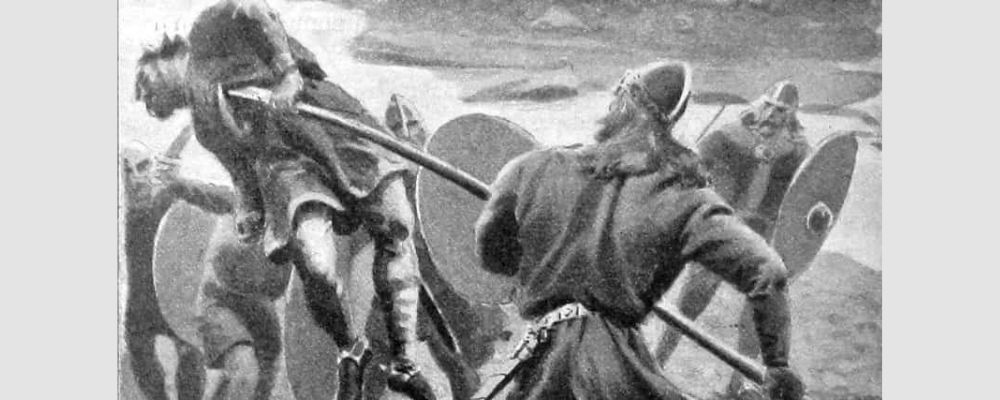
The Godar at the Althing also acted as judges and heard legal cases. While many disputes were resolved by individuals in Iceland, often leading to multigenerational blood feuds, some cases were brought to the Althing, here they were heard as private cases. Family members and close friends brought and prosecuted cases on behalf of their allies.
There were several practices in place to protect the integrity of cases. For example, everyone had to swear solemn oaths and witnesses could only testify to what they saw and heard themselves. Penalties for perjury were serious. For example, Eysteinn was sentenced to be executed for his perjury. But instead, he burned all his possessions to prevent them from being confiscated and then fled the country.
Njal’s Saga includes a virtual trial transcript in its ultimate part. It shows legal proceedings, but also how powerful men could use external force to influence the decisions of the court. There are many bribes and threats of violence in the story.
But when the Althing decided on a case, it had no power to execute the final decision. Instead, the injured party was permitted to pursue the appropriate vengeance with the help of their family and supporters.
Common verdicts were the confiscation of property or outlawry. Lesser outlawry saw a person banished from the country for three years. Their property was not confiscated, so they could return to a normal life after this period. Erik the Red suffered lesser outlawry, which led to his discovery of Greenland.
Full outlawry was basically like excommunication. All property was confiscated, others were permitted from giving the individual food or shelter, and it was legal to kill them on sight in the territory of Iceland. Several of the Icelandic sagas touch on the loneliness and fear that accompanied outlawry.
End of the Althing
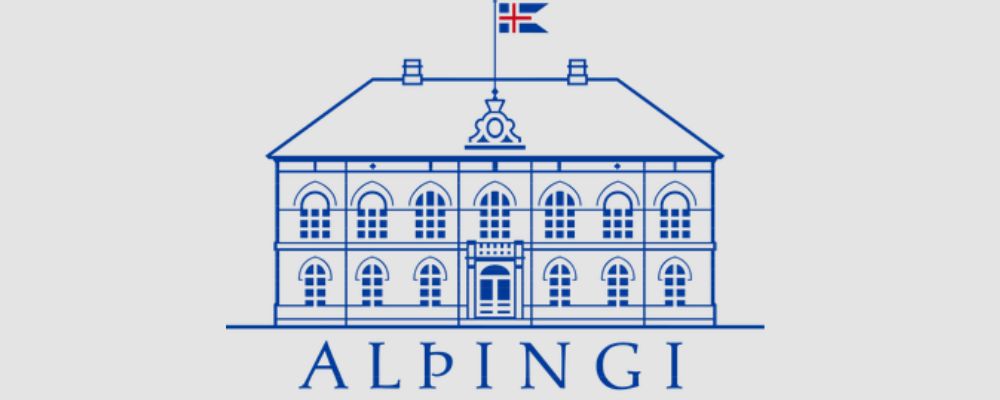
The Althing was a powerful governing body and uniting force in Iceland for three centuries. However, this all came to an end in 1262 when the Icelanders accepted the authority of the Norwegian king and later passed into the control of the king of Denmark.
The Althing continued to meet for several centuries, but only to hear legal cases. Even this function was disbanded in 1800 when a new high court was set up in Reykjavik.
The Althing was only re-established in 1903 when Iceland regained home rule from Denmark, and it was transferred to the new capital, Reykjavik.
